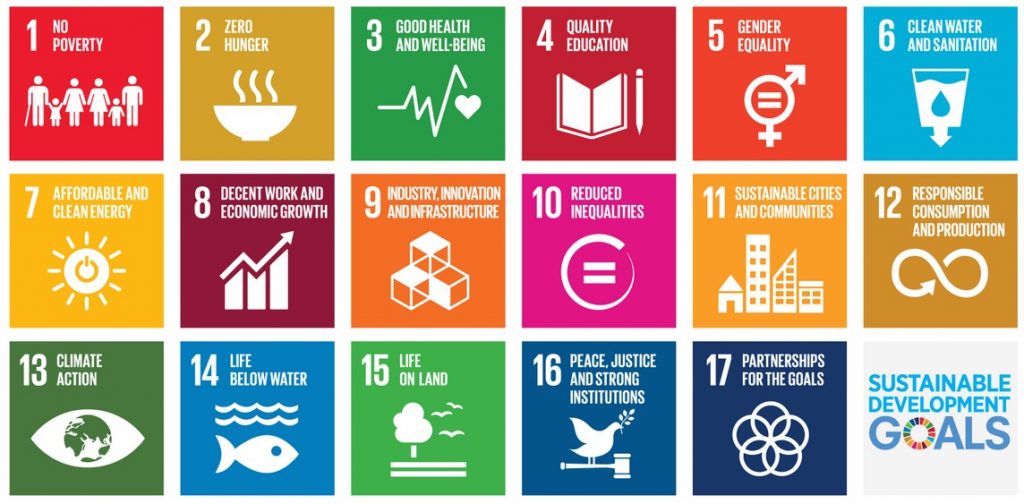
Insights: UN Sustainable Development Goals
UN Sustainable Development Goals – an important step towards stronger biodiversity conservation
Adopted by all United Nations (UN) member nations in 2015, the 2030 Agenda for Sustainable Development outlines a path towards peace and prosperity for people and the planet. At the heart of this plan are 17 Sustainable Development Goals (SDGs), which represent a call to action for all countries to end poverty and reduce inequality, foster economic growth, improve health and education, and tackle the climate and environmental crises facing the planet.
In this article we’ll explore the SDGs in more detail, to examine their role in promoting biodiversity, how artificial intelligence (AI) can contribute to the goals, and how progress towards achieving the goals is tracked.
There are 17 Sustainable Development Goals
The UN developed 17 SDGs as part of the 2030 Agenda for Sustainable Development. These are summarised in the diagram below. The goals span a wide range of areas of both economic development and environmental outcomes and are aimed at improving the well-being of the human population while safeguarding the health of our planet.

While all of the goals have an impact on the natural world, three SDGs—namely 13, 14 and 15, are specifically related to achieving stronger biodiversity and conservation outcomes. Each of these goals is supported by targets, that are measured by a suite of indicators.
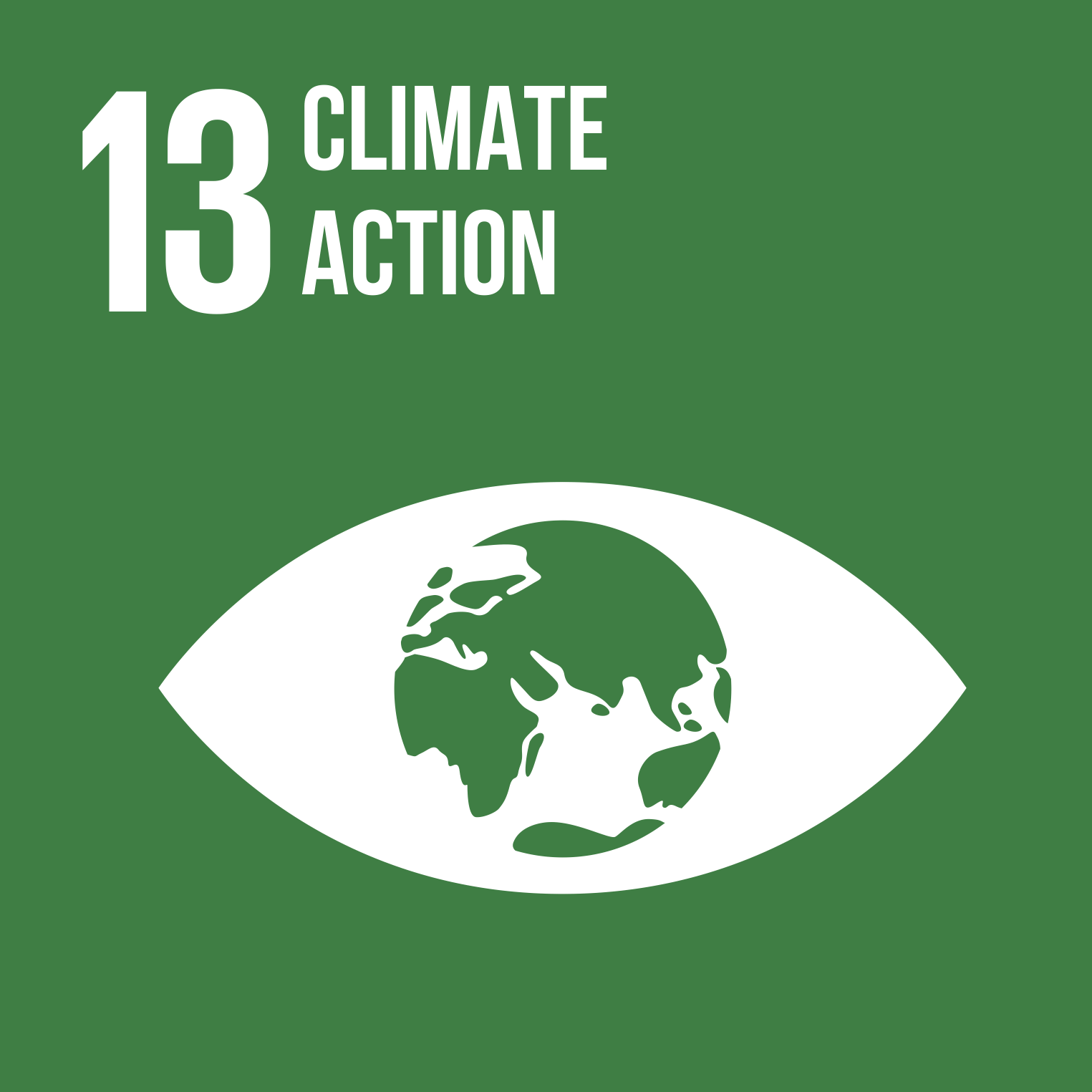
The definition of Goal 13 is ‘Take urgent action to combat climate change and its impacts.’ With 2010-2019 being the warmest decade ever recorded, this goal recognises the importance of concerted commitment to limiting global warming to 1.5 °C, as called for in the Paris Agreement.
Goal 13 is supported by five targets that seek to ensure climate change measures are implemented in national policies, strategies and planning, and that we collectively strengthen our resilience and adaptive capacity to climate-related hazards and natural disasters. More information on these targets is available here.
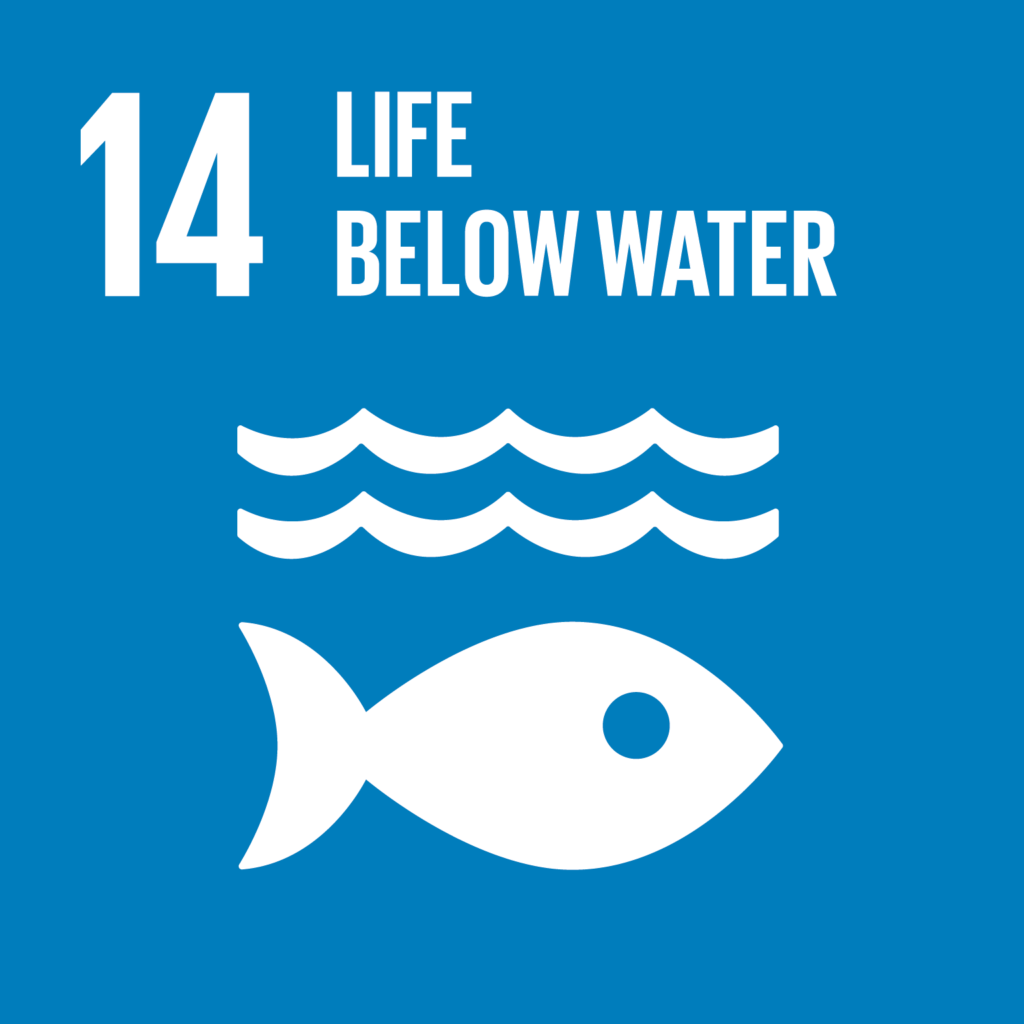
The definition of Goal 14 is ‘Conserve and sustainably use the oceans, seas and marine resources’. The ocean is critical to the Earth’s habitat. It provides our rainwater, regulates our climate, and provides food for millions of people worldwide. This goal recognises this role and aims to ensure more careful management of marine resources for a more sustainable future.
Goal 14 is supported by 10 targets that aim to improve the health of our oceans, by preventing and reducing marine pollution, sustainably managing marine ecosystems (including through properly regulating fishing) and addressing ocean acidification. More information on these targets is available here.
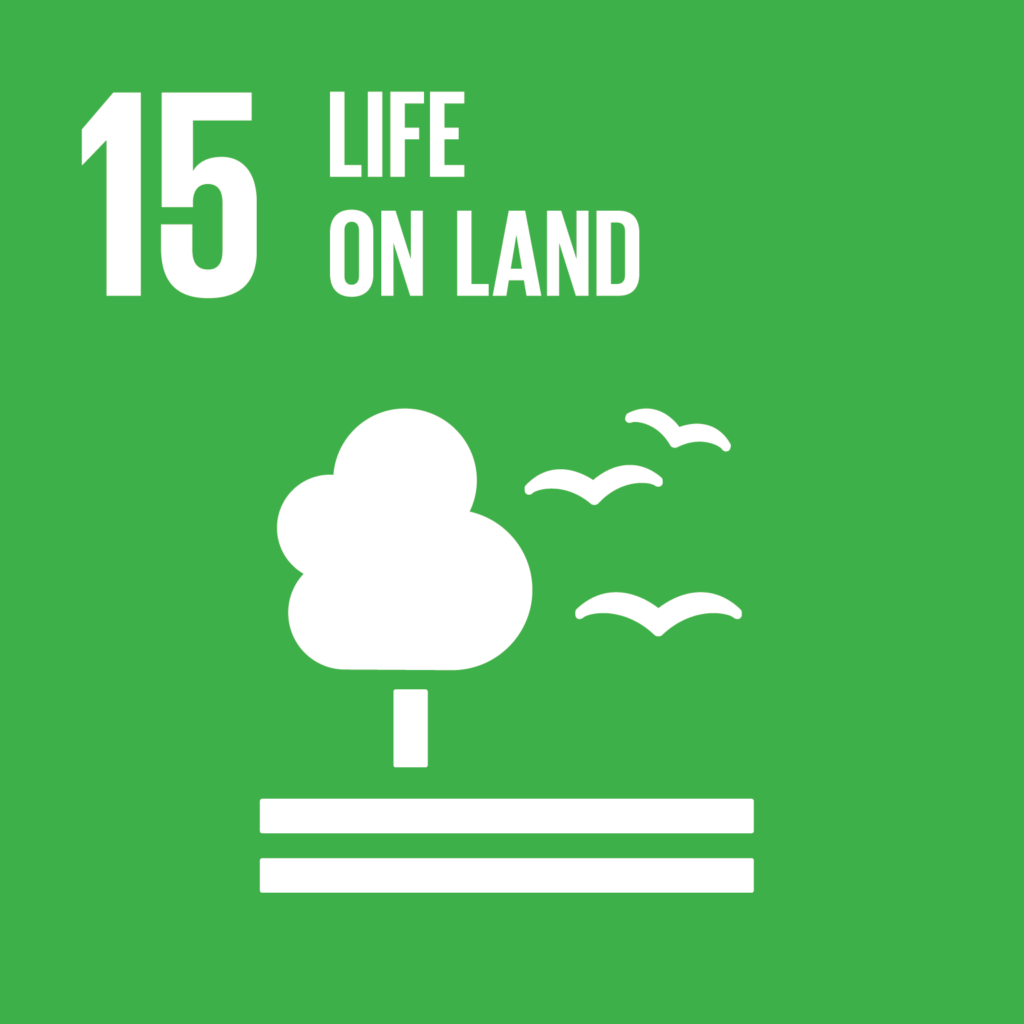
The definition of Goal 15 is ‘Sustainably manage forests, combat desertification, halt and reverse land degradation, halt biodiversity loss.’ This goal recognises that human life on land is intimately connected with the health of the natural world, and seeks to reverse much of the damage we have done to the environment.
Goal 15 is supported by 12 targets that revolve around halting, and reversing the damage we have inflicted on ecosystems around the world (including eliminating poaching and wildlife trafficking) and ensuring that future resource use is sustainable. More information on these targets is available here.
Progress has been made towards the goals so far, but there’s still a long way to go
Each year, the UN publishes the Sustainable Development Goals Report, to provide an update on how the world is tracking towards each goal. Unfortunately, the 2022 Report found the 2030 Agenda is currently at risk, jeopardised by the conflict in the Ukraine, the continuing COVID-19 crisis, and continued inaction on climate change.
Furthermore, data available to assess each of the indicators underpinning the SDG targets remains patchy. According to the 2022 Report: ‘For 8 of the 17 SDGs, fewer than half of the 193 countries or areas have internationally comparable data from 2015 or later.’ Alarmingly,
data for Goal 13: Climate Action, remains the most problematic, with only 20 per cent of countries or areas having the required information to assess progress since 2015.
Some of the report’s key findings across the three environmentally-focussed goals include:
- Goal 13: While countries are increasingly adopting climate action plans to cut greenhouse gas emissions, these are insufficient to limit global warming to 1.5 °C. Based on these commitments, the UN predicts emissions to increase by 14 per cent over the next decade. On top of this, developed countries have not yet met their 2020 target of mobilising $100bn per annum for climate action in developing countries.
- Goal 14: the rate of decline of global fish stocks has slowed somewhat, and there has been an increase in the areas of the ocean that are protected, however plastics, nutrient run-off and other forms of waste continue to kill marine life, and more work is required to limit ocean acidification.
- Goal 15: agricultural expansion continues to drive global deforestation, however, rates have slowed slightly. There has also been an increase in the number of countries taking biodiversity measures into account as part of national accounting processes. However, while nearly half of the areas recognised as key for global biodiversity are under protection, the growth in new areas being protected has recently slowed.
Artificial Intelligence is revolutionising environmental monitoring, helping to deliver better biodiversity outcomes
Defined as, ‘build resilient infrastructure, promote inclusive and sustainable industrialization and foster innovation’, SDG 9 recognises the important role that new technology—such as artificial intelligence—can play in achieving the SDGs and supporting a sustainable, climate-resilient future. Indeed, the 2022 Report notes that higher-technology industries are far more resilient in crises than their lower-technology counterparts.
Increasingly, artificial intelligence is being used to support biodiversity conservation efforts. By improving the quality of biodiversity monitoring data, artificial intelligence helps to create more targeted—and therefore more effective—programs to manage pests and protect endangered species. For instance, thermal cameras can identify cryptic species otherwise difficult to spot with the naked eye, and increasingly sophisticated processing software is making it faster to analyse the images.
Wildlife Drones is committed to playing our part to achieve the SDGs
Sustainability is at the core of Wildlife Drones’ values. For us, it’s not just an ethos, but something that is deeply embedded in how we operate in the real world. Through both our innovative environmental monitoring technology and our day-to-day business operations, we are committed to making a meaningful contribution towards achieving the SDGs—a commitment that was recognised by the Banksia Foundation, when we were a finalist in the 2022 Biodiversity Award.
The table below outlines how we’re playing our part to achieve SDGs 5, 8, 13 and 15.
Sustainable Development Goal
Our contribution
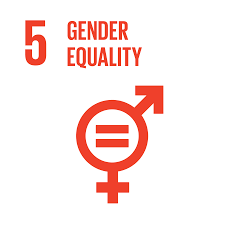
SDG 5: Gender Equality
As a female-founded and led company, fundamentally driven by innovation, we believe that actively encouraging a diverse range of voices is essential for continued growth and value creation. In line with Target 5.5 of the SDGs, women hold key positions in governance, management and operations across Wildlife Drones.
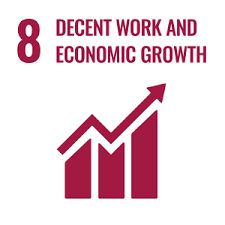
SDG 8: Decent Work and Economic Growth
Alongside lifting economic growth in developing countries, stagnating productivity levels in developed countries remain a key concern of the SDGs. By enabling environmental managers to collect more data, more often and with less effort, our technology is helping to boost productivity across the conservation sector.
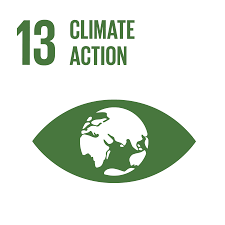
SDG 13: Climate Action
Our world-first radio tracking technology has the potential to significantly reduce carbon emissions in the conservation and commercial agriculture sectors. Our drones can replace more carbon-intensive tracking alternatives like heavy vehicles and helicopters. And by enabling users to build a more robust picture of the impacts of climate change, our technology is helping environmental managers and government agencies to respond for effectively to climate-related disasters such as bushfires.
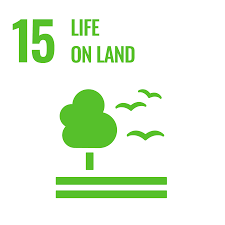
SDG 15: Life on Land
Wildlife Drones’ unique radio-telemetry technology is helping to foster a sustainable relationship between humanity and the natural world. By making environmental monitoring faster and more effective, our world-class technology helps environmental managers to design more effective conservation and pest management programs.
To find out more about how our innovative radio-telemetry system is helping progress the SDGs, head over to our website or get in touch today.

